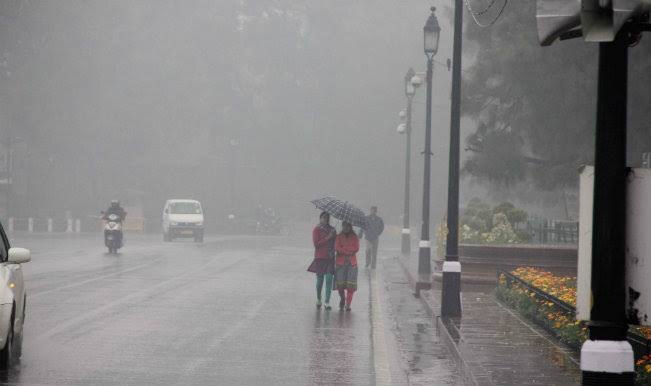The flood
The city was Lucknow. The year was1971. It was monsoon time.
It had been ominously raining for days on end.
Water level in river Gomti had been rising rapidly and alarmingly for sometime. An embankment was protecting the low lying area of the city in the east.One morning the enbankment could not withstand the onslaught of river and breached in the area of the Butler Palace colony. The river rapidly spread over the low lying areas . Panic spread as waters came surging in to inundate houses and roads.
At the moment when a portion of the embankment gave way, a jeep was moving towards it in Butler palace area. The driver saw the water rushing towards the jeep and had barely the time to reverse and race away from the approaching flood waters. "It was race against time. We saw a high wall of water chasing us as we managed to escape" said an occupant of the jeep later.
In the nearby Butler palace officers colony a father was taking a bath when his children shouted him to come out. He wrapped a towel and came out to find water rising everywhere. He had no time to dress up. In his towel he rushed up to the upper flat as the ground floor was rapidly inundated. All the ground floor occupants had to shift to first floor flats to save life.
Authorities swung into action. Army evacuation boats came to the first floor flats of Butler Palace colony and elsewhere to move the occupants to safer places.
I had arrived from Allahabad the day after the floods and was staying in a safe locality near clay square colony. I set out to see the havoc brought by floods
The low lying areas in Hazratgunj and beyond were now under water.At Hazratgunj crossing
near the Allahabad bank the road was under water but the pavement at the corner shop of Benbows was dry. I sat in Benbows for sometime, sipping tea and eating buttered toasts. I could get the view of the entire area outside from here. The low lying area of Narhi was now under deeper waters. There was lot of water on the road to GPO too.I paid my bill and came out. skirting the watery road at the crossing I managed to walk along the long corridor of the Indian Coffee House building and then hired a rikshaw to arrive at Nishatgunj river bridge.
The brídge here was above water but the approach road was under more than ankle deep water. we crossed it in our rikshaw it and, crossing the bridge, we went through dry area of Nishatgunj market up to the beginning of Mahanagar. From here to the north, the entire stretch of mahanagsr colony was a vast ocean. we took a boat to row upto the secretariat colony where my relatives were then living in an upper flat. The lower flats here had disappeared under water. we rowed and I was level with the upper floors as I approached the flat of my relative. They stood in the balcony watching me and told me that army boats were helping them get provisions from Nishatgunj market. . . . . .
. . . . . . . That was almost half a century back. Lucknow subsequently got far stronger embankments and river bed has also been desilted. The city has further expanded into more low-lying areas and has so far been spared another crisis of floods. The memory of 1971 remains. . . . .!
***



No comments:
Post a Comment